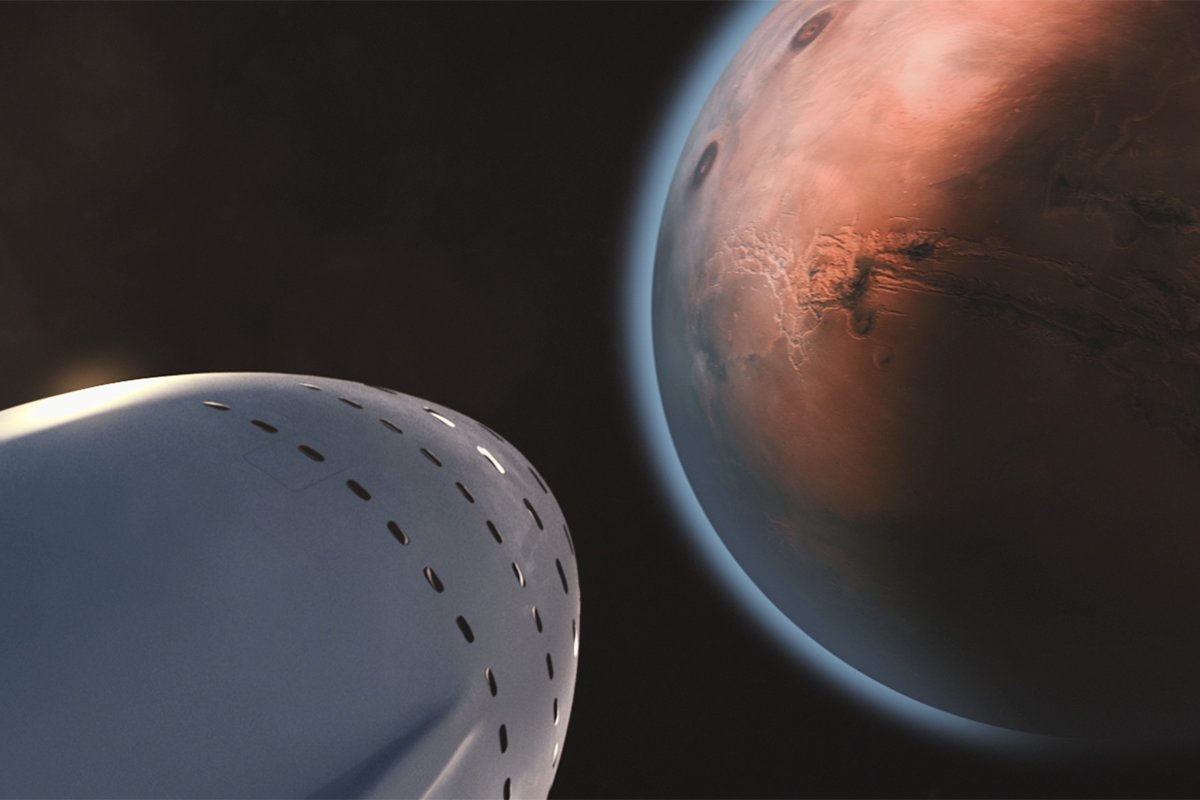Ever been intrigued by the renewable energy sector and the ongoing buzz about solar microgrids? If so, this informative piece is designed just for you! Through engaging and approachable language, we unravel the complexity around solar microgrids, making it effortlessly accessible to all readers. From explaining what they are to demonstrating their potential, this article serves to enlighten you about the revolutionary impact that these emerging technologies could have on our energy future. So, brace yourself for an enlightening journey towards understanding, and perhaps falling in love with, the world of solar microgrids.

Understanding the Concept of Microgrids
Definition of Microgrids
A microgrid is essentially a small-scale version of a centralized power system. It’s an independent network of localized energy sources, demand response, and load that operates autonomously from the traditional grid. A microgrid can function in either connected or disconnected mode from the grid, depending on the situations such as power outages or cost factors.
How Microgrids Work
Microgrids operate by utilizing diverse sources of energy like solar panels, wind turbines or gas generators to provide power supply to a localized area. They leverage advanced grid technologies that control the flow and distribution of electricity ensuring a stable, efficient and continuous energy supply. During power outages, the microgrid controller takes charge and disconnects the microgrid from the main network, switching to its local energy generation sources, thus ensuring an uninterrupted power supply.
Different Types of Microgrids
There are three primary types of microgrids: islanded microgrids, which operate independently of the central grid; grid-connected microgrids that can separate and operate autonomously as needed; and hybrid microgrids, which mix elements of the previous two systems. These different types of microgrids cater to a range of usage scenarios from rural or remote settings to urban areas and industrial zones.
Introduction to Solar Microgrids
Basics of Solar Microgrids
At their core, solar microgrids are microgrids that use solar power as their primary energy generation source, commonly paired with battery energy storage systems to store excess power for later use. In essence, they generate electricity by converting sunlight, providing a clean and renewable power source.
How Solar Microgrids Differ from Regular Microgrids
The main distinction between solar microgrids and regular microgrids is their energy source. While regular microgrids may rely on diverse power sources like diesel and natural gas generators, biofuels, and wind turbines, solar microgrids primarily depend on the sun for energy. Solar microgrids are also more sustainable as they cut down dependency on fossil fuels and reduce carbon emissions significantly.
Components of a Solar Microgrid
The key components of a solar microgrid include solar photovoltaic (PV) panels to harness solar energy, inverters to convert direct current (DC) power into alternate current (AC) for household use, batteries to store excess energy produced during the daytime, and finally, a control system that orchestrates the operation of the entire microgrid.
The Growth and Popularity of Solar Microgrids
Increasing Global Adoption of Solar Microgrids
Globally, the adoption of solar microgrids has been increasing, especially in rural and remote areas where traditional power grids have failed to reach. Developing regions in Africa and Asia, in particular, have witnessed a remarkable rise in the installation of solar microgrids, providing clean, reliable and cheap electricity.
Factors Leading to the Popularity of Solar Microgrids
Several factors have led to this increase in popularity of solar microgrids, including the declining cost of solar panels and batteries, growing environmental awareness, and the need for enhancing energy security. Additionally, governments and policymakers worldwide have also launched various supporting policies and incentives, further promoting the uptake of solar microgrids.
Solar Microgrids: A Trend or a Necessity?
While solar microgrids are undoubtedly a trending topic in the energy sector, their adoption is more of a necessity due to pressing environmental concerns and energy needs. They offer a way to provide access to electricity to the millions of people still living off-grid, while also helping to combat climate change and reduce our reliance on fossil fuels.
Benefits of Solar Microgrids
Environmental Impact of Solar Microgrids
One of the most substantial benefits of solar microgrids is their positive environmental impact. By using the sun’s energy, they produce renewable power, reducing emissions of harmful greenhouse gases. This lessens our carbon footprint and contributes to the broader fight against global warming.
Economic Benefits of Solar Microgrids
In addition to environmental benefits, solar microgrids also present economic advantages. The sunlight, as a source of energy, is free and ubiquitous, which can lead to substantial savings over time compared to conventional energy sources. Furthermore, the modernization of the grid structure through microgrids results in an increase in energy efficiency, further driving down costs.
The Role of Solar Microgrids in Utility Resilience
Solar microgrids play a critical role in enhancing the resilience of utility systems. In cases of power outages, due to adverse weather conditions or other disruptions, solar microgrids can continue operating and providing power within their local network, ensuring a much more reliable and resilient energy supply.

Installation and Operation of Solar Microgrids
Steps Involved in Installing a Solar Microgrid
Installation of a solar microgrid starts with a site assessment and load evaluation followed by the design and planning phase. Next, the installation of the solar panels, batteries, inverters, and control systems takes place. After installation, the system undergoes testing and commissioning before it starts operation.
How to Operate a Solar Microgrid Efficiently
To operate a solar microgrid efficiently, it is essential to have an effective balance between the energy generation, demand, and storage units. A comprehensive monitoring and control system is required to regulate the microgrid operation, ensuring an optimal yield and efficient operation.
Maintenance and Troubleshooting of Solar Microgrids
While solar microgrids require relatively low maintenance, periodic checks and maintenance tasks such as cleaning the solar panels, inspecting the wiring and system components, and updating the control software are necessary. Should any problems arise, efficient troubleshooting protocols must be in place.
Limitations of Solar Microgrids
Challenges in Implementation of Solar Microgrids
Despite numerous benefits, there are challenges in implementing solar microgrids. These include initial high setup costs, technical and operational complexities, and fragmented financing and regulatory landscapes. In addition to these, there also exist challenges related to the integration with existing grid infrastructure.
Technological Constraints of Solar Microgrids
One of the technological constraints of solar microgrids is that they heavily depend on weather conditions and daylight hours, which makes them unreliable during cloudy or rainy days, and during evenings and nights. Moreover, the energy storage systems also need continual advancements to enhance their capacity and efficiency.
Concerns Over Return on Investment
While in the long run, solar microgrids can indeed save money, the initial investment for installation and setup can be quite significant. The return on investment could be delayed, especially in areas where the cost of traditional electricity is low, which may discourage potential investors.

The Future of Solar Microgrids
Predicted Growth Trends for Solar Microgrids
With growing environmental awareness and technological advancements making solar power more accessible, the future growth trends for solar microgrids are quite promising. Analysts predict a steady rise in the installation and usage of solar microgrids over the next couple of decades, particularly in remote and rural areas.
Advancements in Technology and their Impact on Solar Microgrids
Upcoming technological advancements in solar power generation, energy storage systems, and microgrid control technology will substantially impact solar microgrids. These developments will drive efficiency gains, enhance the reliability of power supply, and ultimately, make solar microgrids even more appealing.
Policy and Regulation Impact on Solar Microgrids
The role of policy and regulation is key to the future of solar microgrids. Supportive policies and regulatory frameworks will facilitate the popularization and commercialization of solar microgrids. However, policymakers should also seek to eliminate barriers and create an enabling environment where solar microgrids can thrive.
Case Studies of Solar Microgrids
Successful Implementations of Solar Microgrids
There have been various successful implementations of solar microgrids around the world. For instance, in remote Alaskan villages, solar microgrids have provided reliable power, reducing their dependence on costly diesel fuel. In Africa, solar microgrids have brought power to many off-grid rural communities for the first time, enabling vast socioeconomic improvements.
Lessons Learned from Failed Solar Microgrid Projects
While the benefits of solar microgrids are clear, there have also been projects that did not succeed as initially planned. Factors resulting in failures include inadequate planning and design, lack of proper maintenance, and failure to accurately predict and manage demand. These examples provide valuable lessons for future solar microgrid implementations.
Use Cases of Solar Microgrids in Different Industries
Solar microgrid use cases extend across various industries, including agriculture, healthcare, education, and more. For instance, in the agricultural sector, solar microgrids can power irrigation systems, while in healthcare, they can ensure nonstop power supply for emergency services and medical devices. In schools, they can provide reliable power for digital education tools.
Solar Microgrids and the Grid-tied Energy System
Understanding Grid-tied Energy Systems
A grid-tied energy system refers to an energy generation system connected to the utility grid, enabling users to draw from or feed into the grid. This system typically uses a bidirectional meter that can measure power flow in both directions.
How Solar Microgrids Interact with the Grid
A solar microgrid can be designed to operate independently or in a grid-tied configuration. In a grid-tied solar microgrid, excess energy produced can be fed back into the grid, while additional power could be drawn from the grid during periods of insufficient solar generation.
Benefits and Concerns of Tying Solar Microgrids to the Main Grid
The primary benefit of tying solar microgrids to the main grid is the ability to sell excess generated power to the grid and earn revenue. However, on the downside, grid-tied microgrids are exposed to the vulnerabilities of the grid, and any outage or disruption in the main grid could impact them unless they have the capability to disconnect and function autonomously.
How to Invest in Solar Microgrids
Cost Considerations of Solar Microgrids
Investing in solar microgrids involves various costs including the costs of solar panels, batteries, inverters, and control systems, and also the installation and grid connection costs. Over time, however, the operation and maintenance costs would be relatively low.
Financing Options for Solar Microgrid Projects
For financing solar microgrid projects, various options exist such as bank loans, green bonds, and grants from international donors. In addition to these, crowdfunding and community-based financing are also becoming increasingly popular for such renewable energy projects.
Return on Investment for Solar Microgrids
From an investment perspective, while the initial expenditure might be considerable, solar microgrids promise an attractive return on investment in the long term. The return comes from operational cost savings, potential income from selling excess power, and the added property value due to the installation of a sustainable energy system. However, the exact return rate depends on several factors such as local solar irradiance levels, energy tariffs, and the size and efficiency of the installed system.
